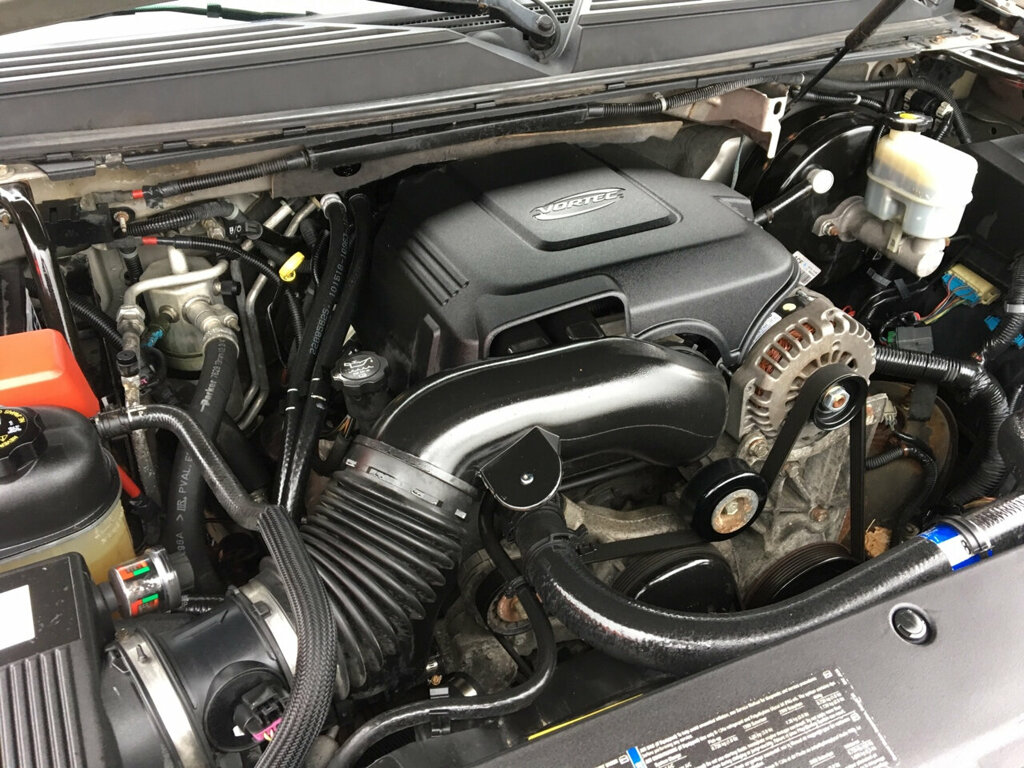Essential Considerations for Ensuring Quality and Longevity in Used Engines
When thinking about the purchase of an utilized engine, guaranteeing its quality and durability calls for a multifaceted approach. Maintenance history is a pivotal element, as it offers insight into the engine's past care and potential future reliability. Beyond documentation, a detailed evaluation of physical components-- such as belts, hose pipes, and seals-- can expose covert problems. Performance testing is also vital, using a picture of the engine's functional effectiveness. Nonetheless, understanding the nuances of these assessments and their ramifications can be complicated. What are the crucial techniques that can be employed to browse this complex examination process effectively?
Engine History Evaluation
In the realm of utilized engines, a thorough engine history assessment is extremely important to guaranteeing high quality and integrity. Understanding an engine's past can offer vital understandings into its performance capabilities and prospective future durability.
In addition, assessing any history of repair services or substitutes is essential. Engines that have actually undergone significant repair work may have underlying issues that might resurface. Comprehending the context of such repair services, whether because of making issues or proprietor negligence, is essential in creating an extensive examination. Analyzing the engine's mileage can offer as an indication of wear and tear. Reduced mileage engines are usually preferred, but it is likewise important to consider just how those miles were collected. An engine utilized primarily for long-distance freeway driving may be in far better condition than one based on regular stop-and-go city web traffic.
In essence, an extensive investigation right into an engine's history is important for making informed investing in decisions. used engines for sale.
Comprehensive Inspection Overview
While comprehending an engine's background offers beneficial context, an extensive examination is the next action to ensure its present problem aligns with historic information. The evaluation needs to begin with an aesthetic analysis, inspecting for indicators of leaks, deterioration, and unusual wear. Examine the outside for oil stains or coolant marks, which may show underlying problems.
Following, assess the engine's placing system for any type of loosened screws or irregularities that can affect efficiency. Pay attention to the condition of belts and hoses, as these parts are essential for optimal engine capability. Examine for fractures, fraying, or any kind of signs of damage.

Identifying Deterioration
Identifying signs of wear and tear is crucial for examining a used engine's long life and dependability. It involves a careful examination of numerous engine components to establish their current state and possible future performance.
An additional important element is checking the engine's seals and gaskets. In addition, irregular sounds throughout engine operation, such as knocking or ticking noises, might suggest inner damage or This Site extreme wear on moving components like pistons or bearings.
The problem of belts and tubes is just as important, as they play an important function in the engine's general feature. Split or torn belts and weak tubes are indicators of maturing that can cause engine failing if neglected. Taking a look at the oil problem and filter can provide insights right into previous maintenance methods, as unclean oil or clogged up filters recommend forget and accelerated wear.
Performance Screening Basics
Examining the wear and tear of engine parts establishes the phase for a detailed assessment via performance screening. Performance screening serves as a crucial action in establishing the operational honesty of an utilized engine.
Using dynamometers is a common approach in performance testing. These tools determine the engine's outcome across numerous conditions, providing a thorough account of its performance. Furthermore, on-road testing matches dynamometer analyses by observing engine habits under common driving circumstances, ensuring it satisfies the called for standards for both security and efficiency.
Advanced analysis devices even more boost Check This Out the ability to pinpoint underlying concerns. These devices analyze engine monitoring systems, identifying faults in electronic components that could impact efficiency. Comprehensive screening not just verifies the engine's operational status however likewise help in projecting future upkeep demands. This guarantees the utilized engine can provide reliable performance over an extended period, therefore optimizing its value and service life.
Upkeep and Treatment Tips
Correct maintenance and treatment are crucial to prolonging the lifespan of an utilized engine and ensuring its regular efficiency. Normal oil modifications are vital; utilizing the producer's suggested oil type and quality can protect against excessive wear and tear. Furthermore, oil filters ought to be replaced concurrently to maintain optimal lubrication and cleanliness within the engine.
Checking liquid degrees, consisting of coolant, transmission fluid, and brake fluid, is necessary. Making certain these liquids are at proper degrees helps prevent overheating and other mechanical problems. Checking belts and hose pipes for signs of wear, such as fractures or fraying, can prevent prospective failings that may bring about expensive repair work.
Regular inspection of the air filter is likewise necessary, as a tidy filter makes certain reliable air movement and combustion, consequently optimizing engine performance. Spark plugs need to be checked and changed when needed to preserve efficient gas combustion and stop engine misfires.
Lastly, routine analysis checks using expert devices can identify prospective issues before they end up being substantial issues. By sticking to these maintenance and care pointers, used engine owners can guarantee their engines continue to be trustworthy, effective, and with the ability of performing more than an extensive period.
Final Thought
